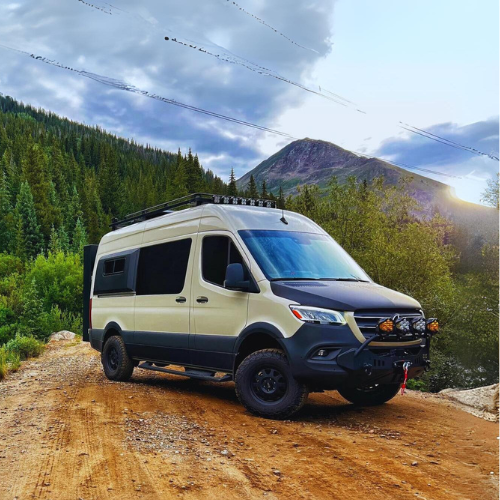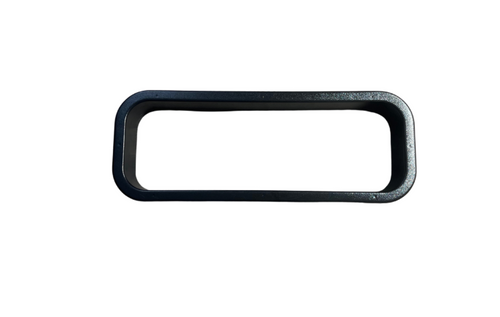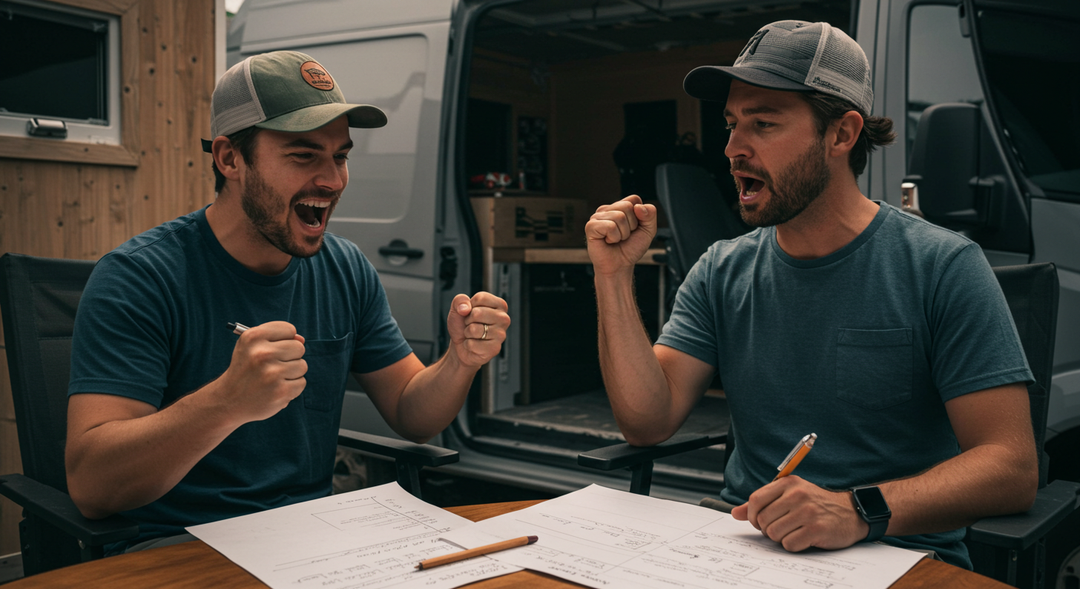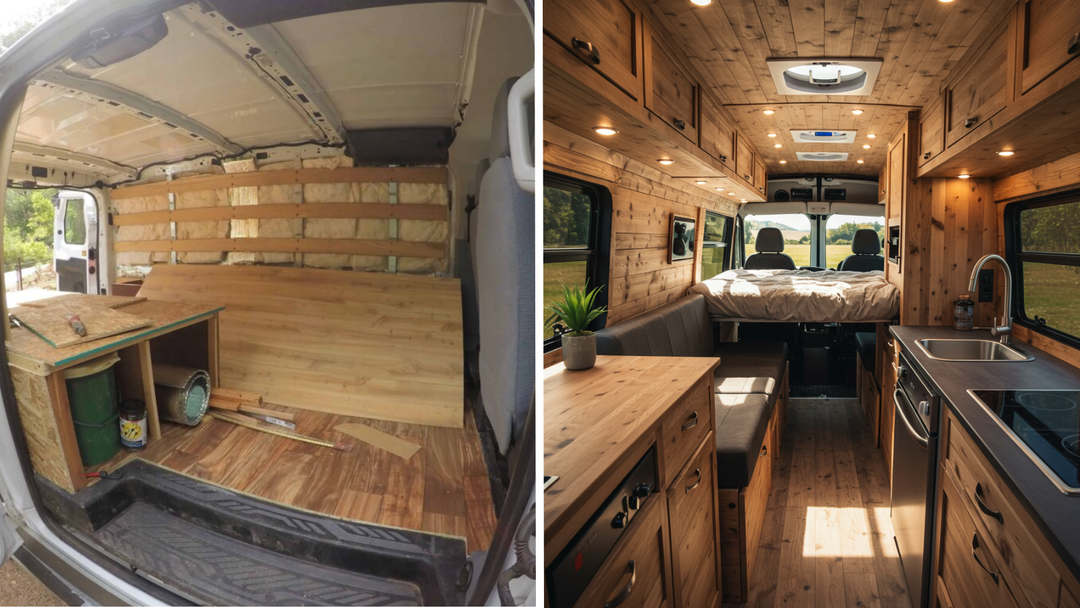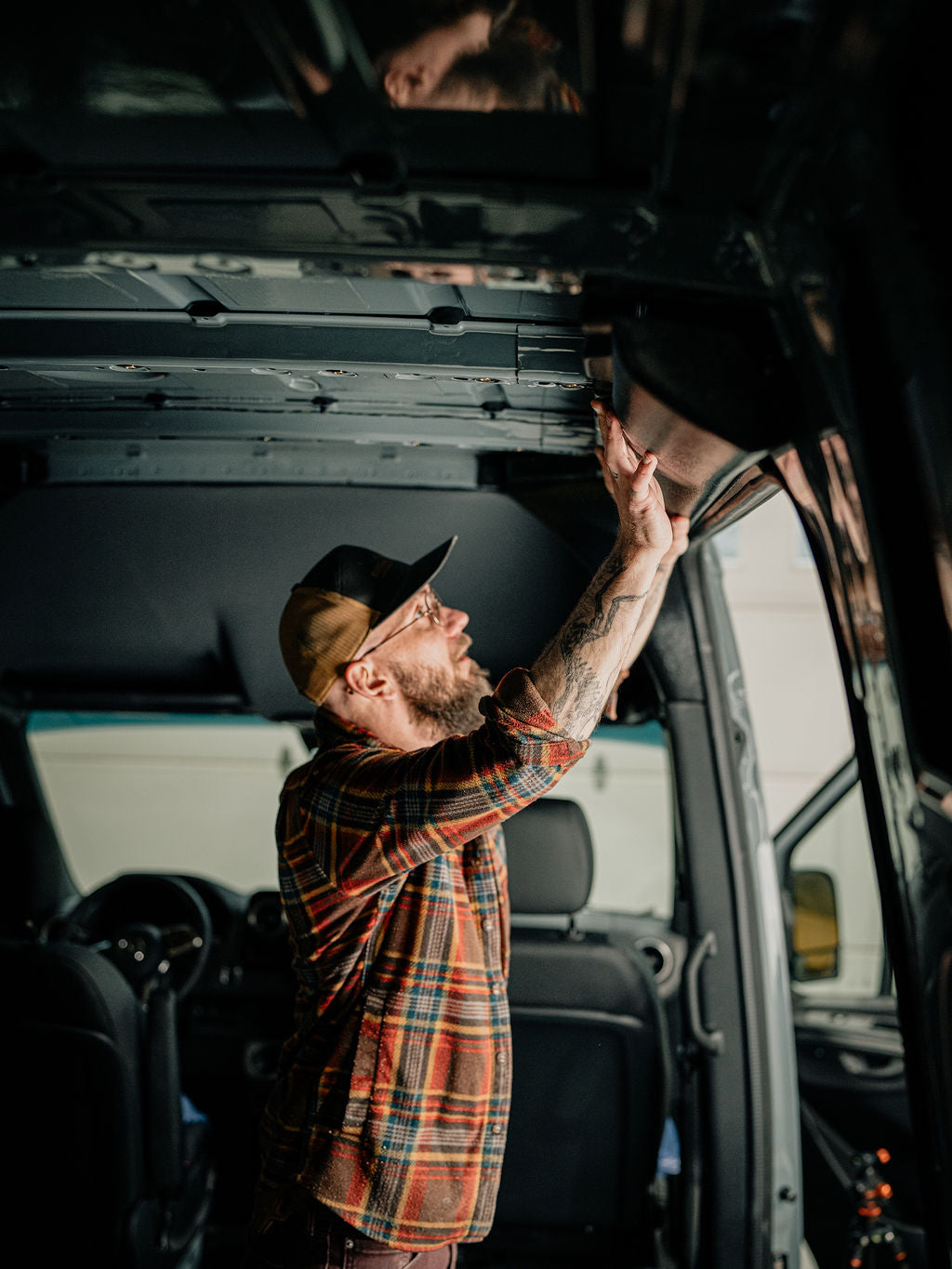Planning Your Van Conversion Timeline: Step-by-Step
Set yourself up for van build success with a realistic, actionable timeline—complete with expert tips, sample schedules, and community support.

Why a Timeline Matters
Building a van is a major project—without a clear timeline, it's easy to get overwhelmed, miss steps, or blow your budget. A realistic schedule helps you plan, stay motivated, and avoid costly mistakes. Whether you're a weekend warrior or working full-time, this guide will help you map out every phase of your build.
Pro Tip: Use the Grover app to get instant timeline templates, planning advice, and real-world feedback from experienced van builders.
Pre-Build Planning
- Research van models, layouts, and must-have features
- Set your budget and build goals
- Purchase your van and secure workspace
- Order long-lead-time items (windows, fans, electrical components)
- Gather tools and materials (see our tools checklist)
- Join vanlife communities for support and inspiration
Pro Tip: Use Grover to connect with other builders, get recommendations, and avoid common planning mistakes.
Phase 1: Prep & Demolition
- Remove factory panels, flooring, and headliner
- Clean and inspect for rust or damage
- Address any repairs or rust treatment
- Map out wiring runs and insulation plan
- Mark locations for windows, fans, and major components
Pro Tip: Take photos and measurements before you start demo—these are invaluable for reference later.
Phase 2: Insulation & Subfloor
- Install sound deadening mats and insulation (walls, ceiling, floor, doors)
- Seal gaps and edges with spray foam or caulk
- Lay subfloor (plywood or composite panels)
- Test fit flooring and mark anchor points for furniture
Pro Tip: Don't rush insulation—comfort and noise reduction depend on thorough coverage.
Phase 3: Electrical & Plumbing
- Plan and run wiring for lights, outlets, and appliances
- Install fuse blocks, batteries, and solar components
- Test circuits before closing up walls
- Install water tanks, pump, and plumbing lines
- Test for leaks and proper flow
Pro Tip: Label all wiring and take photos of hidden runs for future troubleshooting.
Phase 4: Interior Build (Walls, Trim Kits, Cabinetry)
- Install wall and ceiling panels
- Fit windows, fans, and vent covers
- Build and install bed platform, cabinets, and storage
- Install trim kits (GoCode or custom) for a professional finish
- Install flooring and finish surfaces
Pro Tip: Dry fit all components before final installation to avoid surprises.
Phase 5: Finishing Touches & Testing
- Install appliances (fridge, stove, heater, etc.)
- Test all systems (electrical, plumbing, HVAC)
- Seal and weatherproof windows, doors, and roof penetrations
- Add soft goods (mattress, curtains, cushions)
- Detail and clean the van for move-in
Pro Tip: Test every system before your first trip—catch issues while you still have tools and workspace.
Sample Timelines: DIY vs. Professional Build
DIY Build (Nights & Weekends)
- Pre-Build Planning: 2–4 weeks
- Demo & Prep: 1–2 weeks
- Insulation & Subfloor: 1–2 weeks
- Electrical & Plumbing: 2–4 weeks
- Interior Build: 4–8 weeks
- Finishing Touches: 1–2 weeks
- Total: 3–6 months (part-time)
Professional Build
- Pre-Build Planning: 1–2 weeks
- Demo & Prep: 2–3 days
- Insulation & Subfloor: 3–5 days
- Electrical & Plumbing: 1–2 weeks
- Interior Build: 2–4 weeks
- Finishing Touches: 3–5 days
- Total: 1–2 months (full-time)
Pro Tip: Your timeline will vary based on experience, complexity, and available time. Use Grover to get feedback from others with similar builds.
Tips for Staying on Track
- Set realistic deadlines for each phase
- Track your progress with a checklist or project management app
- Order materials early to avoid delays
- Schedule regular work sessions and celebrate milestones
- Ask for help or advice when you get stuck
- Connect with the Grover community for accountability and support
Frequently Asked Questions
How long does a typical van conversion take?
DIY builds usually take 3–6 months part-time. Professional builds can be completed in 1–2 months. Your timeline depends on complexity, experience, and available time.
What phase takes the longest?
The interior build (walls, cabinetry, trim) is usually the most time-consuming, especially for DIYers. Planning and ordering materials can also add weeks. If you want to prevent the hassle, order GoCode Trim Kits, like the Sprinter or Transit Core Kit and save 50-100 hours on your build.
How can I avoid delays?
Order materials early, plan each phase, and track your progress. Use Grover to get advice and avoid common pitfalls.
Can I build a van on weekends only?
Yes! Many DIYers build part-time. Just expect the process to take longer and set realistic goals for each work session.
Where can I get help if I get stuck?
Join the Grover app to connect with experienced van builders, ask technical questions, and get real-time troubleshooting help. You can also find answers in our Ultimate Guide to Van Life & Conversion Planning and Tools & Materials Checklist.
